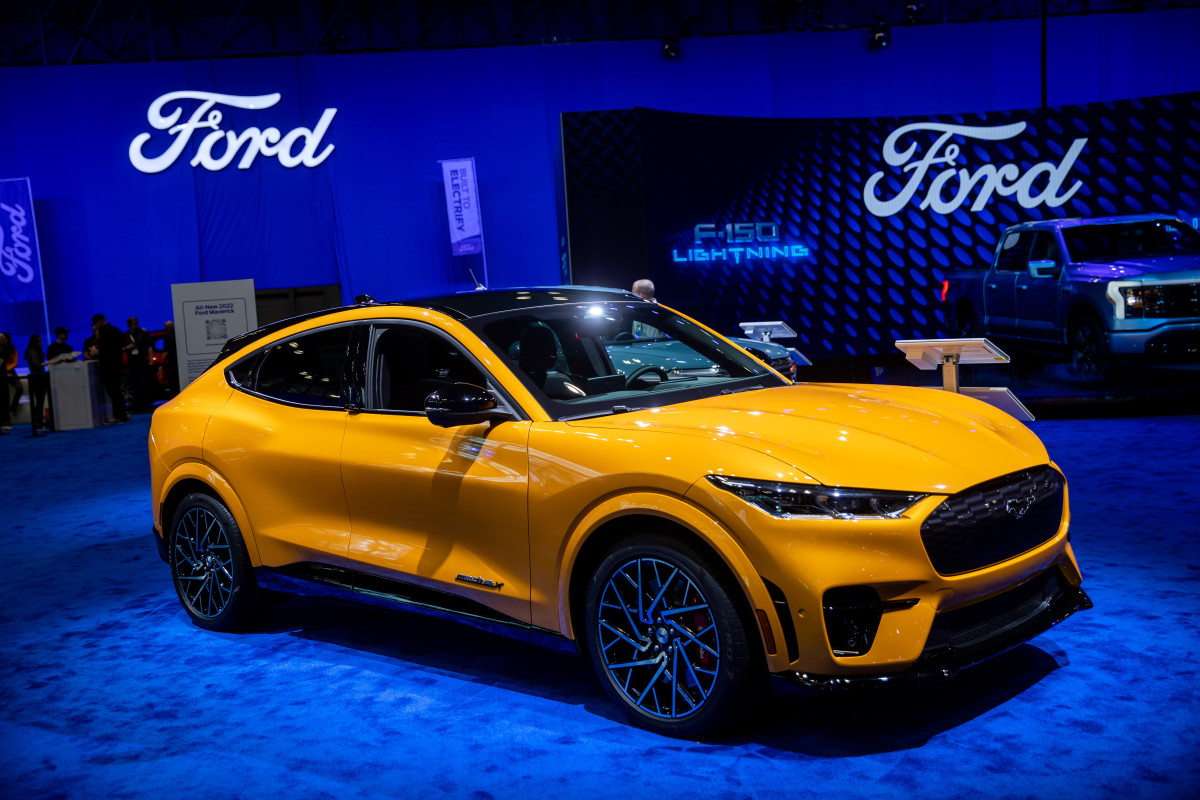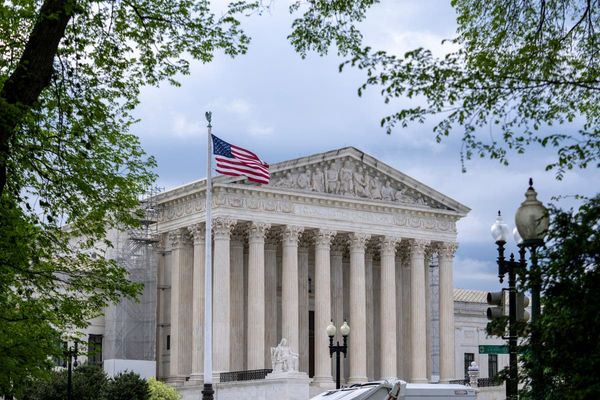
A second deadly crash within two months involving one of Ford's (F) electric vehicles is the subject of a new federal probe into a key piece of in-car technology.
Related: Lamborghini waves goodbye to its gas-guzzling era with a limited edition supercar

The National Transportation Safety Board (NTSB) is investigating a fatal crash in Philadelphia, Penn. involving an electric Ford Mustang Mach-e crossover SUV that may have been using the automaker's partially automated driving system at the time of the incident.
In an April 10 post on X (formerly known as Twitter), the agency says that it is coordinating with the Pennsylvania State Police with the probe into the crash. According to the NTSB, the crash involved the electric Ford hitting a parked Toyota Prius, which in turn, rammed into a parked Hyundai Elantra.
The crash itself occurred at 3:13 a.m. on March 3 on Interstate 95. Both drivers of the stationary vehicles were killed in the crash, and one may have been outside of their vehicle.
NTSB, in coordination with the Pennsylvania State Police, has opened a safety investigation into the March 3 collision between an electric-powered Ford Mustang Mach-E sport utility vehicle & two stationary passenger cars, a Hyundai Elantra & Toyota Prius, on I-95 in Philadelphia.
— NTSB Newsroom (@NTSB_Newsroom) April 10, 2024
In a statement to the Associated Press, Ford said that they are aware of the crash, and will be cooperating with the authorities as needed.
"We are researching the events of March 3 and collaborating fully with both agencies to understand the facts," the automaker told the AP.
More Business of EVs:
- A full list of EVs and hybrids that qualify for federal tax credits
- Here’s why EV experts are flaming Joe Biden’s car policy
- The EV industry is facing an unusual new problem
The crash in Philadelphia elicited the second probe involving Ford's electric Mustang Mach-e vehicles getting into deadly crashes with stationary cars on highways in the span of two months.
On March 16, the NTSB said they were sending investigators down to look into a Feb. 24 crash on Interstate 10 in San Antonio. The crash, which took place at 9:50 p.m. in the evening, involved a Ford Mustang Mach-e crashing into a Honda CR-V that was stopped in the middle lane of the highway with no lights on.
According to San Antonio-area ABC affiliate KSAT 12, the 56-year-old driver of the Honda was killed in the collision. Preliminary data showed that the Ford involved in the crash was equipped with the automaker's BlueCruise system.
“The NTSB is investigating this fatal crash due to its continued interest in advanced driver assistance systems and how vehicle operators interact with these technologies,” the agency said in a statement to the AP in March.
What is BlueCruise?
Ford's BlueCruise system is a driving assistance system that is offered on the automaker's Mustang Mach-E and F-150 Lightning electric vehicles, as well as the top-selling Expedition and Explorer SUVs, and F-150 pickup truck.
According to the Blue Oval, BlueCruise allows drivers to take their hands off the steering wheel, as the system controls the steering, braking and acceleration on selected highways.
Data from Ford's interactive map showing BlueCruise coverage shows that small, selected portions of I-95 in Philadelphia, as well as I-10 in San Antonio are not in "Blue Zones," or areas of BlueCruise coverage.

Ford does say that the system is only partially-autonomous, and requires the full attention of the driver to be fully operational, utilizing a front-facing driver camera to make sure drivers are looking at the road. According to the automaker, BlueCruise is available to use on 97% of controlled access highways in the U.S. and Canada.
However, the Blue Oval can only say so much. According to the Insurance Institute for Highway Safety (IIHS), the BlueCruise system was one of 11 partially-autonomous driving systems that scored a "poor" in its recent tests. Though it scored very low, the IIHS pointed out the effectiveness of the system's front camera in detecting when eyes are off the road, even though it ignores other things the driver may be doing, such as texting.
"Ford BlueCruise and Ford Adaptive Cruise Control with Stop & Go and Lane Centering Assist immediately issued alerts when the driver’s face or the camera lens was covered," the IIHS said in its report. "but failed to detect when the driver’s hands were occupied with another task."
Related: Veteran fund manager picks favorite stocks for 2024







